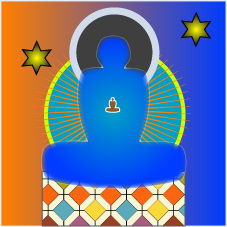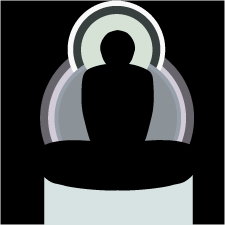Our desires want us to find an object, at the same time it is also seeking a concrete object, beneath the surface, if we try to find this object, this object can’t be found, we become frustrated, because it simply doesn’t exist. The ideal ego that is strived for with the yearnings of the ego, is considered the true self, but as Mark has demonstrated in his books, like Psychotherapy without a self, the ideal ego is a figment of imagination and has no substantial existence.
If we retain the fact that the self that we take to be real, during injured innocence, is in fact nonexistent, we gain the clue, a sneaking suspicion that the self that is injured disappears when we zero in on this “hard nut” of the self. This is the cage of the self that traps the individual hellish existence of samsara. The ideal ego, or true self that is strived toward with the ego or narcisstic attachment is the root of samsara. Emptiness it the key that unlocks the door to Buddha hood. Yet it has never been easy to understand this fundamental view, it is a very slippery slope; one needs to study Mark very carefully to find the kernel of emptiness. I still become confused about pathological emptiness and Buddhist emptiness, this knot is unraveled in Mark’s book Psychotherapy without the self.
Emptiness according to Mark Epstein, Buddha Shakymuni, and Je songkapa is the mere absence of a “permanent isolate” and “nothingness”. This is what they mean by Emptiness. This is apposed to the view that the ego must first exist and then be abandoned or transended. The Dali Lama says this sort of self is something that never did exist. This so called action is called a disavowal and is considered wrong view by many realized masters in particular Mark Epstein |













